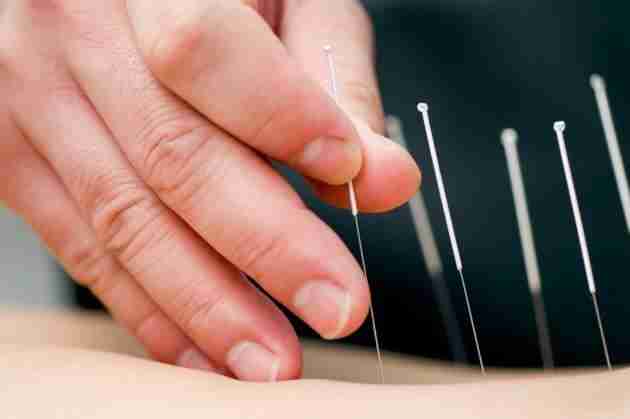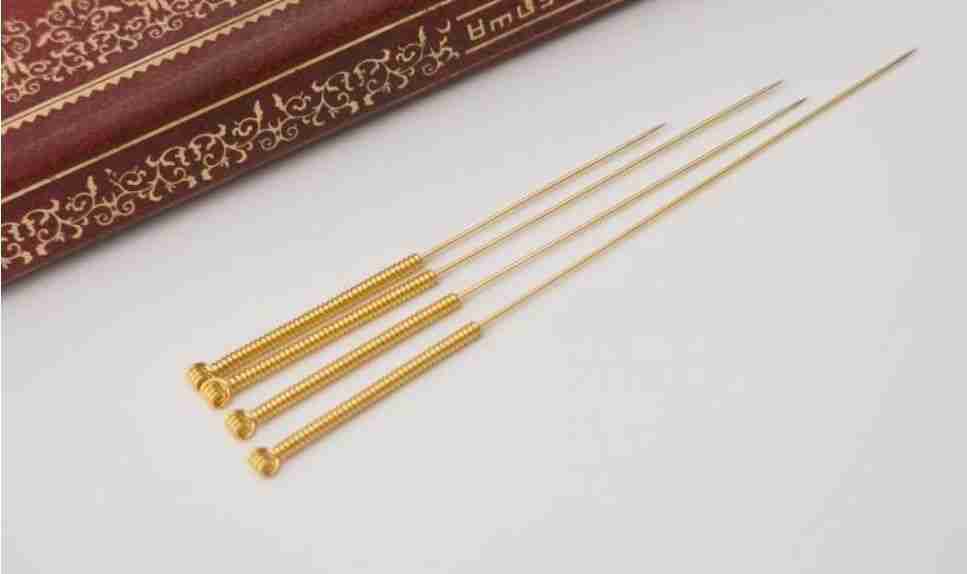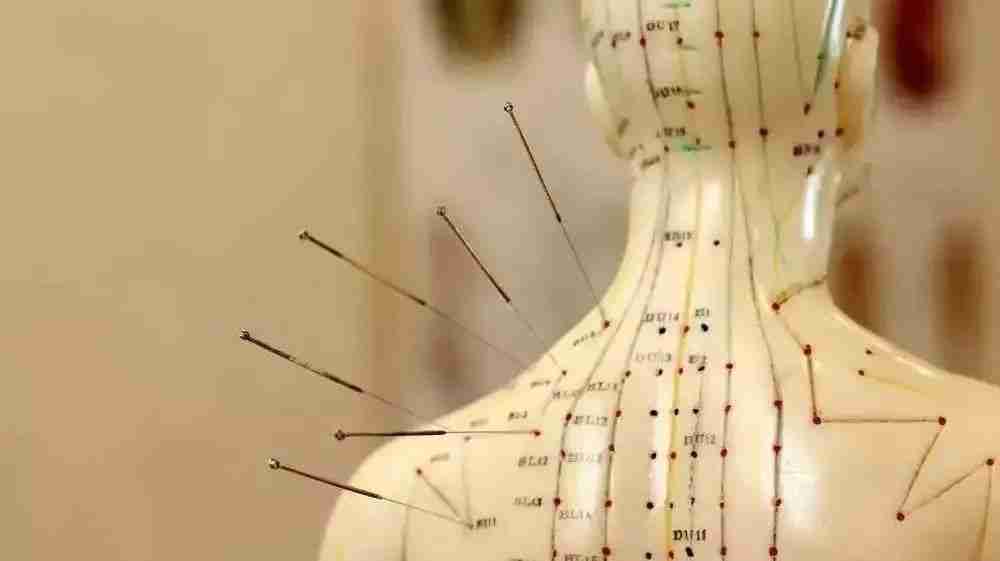China is among the countries known for its holistic healing approach to treatment. Acupuncture is especially the most associated form of holistic treatment in China. While the idea of being poked by needles might seem like too painful a procedure, many people around the world, and not just in China undertake it. There are also many positive reviews of the treatment, with many saying that it improves one quality of life. How true this statement is, is still a debate among scientists.
Although many people take part in acupuncture today, very few people understand what it means and where it originated from. In this post, we will take an in-depth look at acupuncture in an attempt to give you a deeper understanding of what it is, when it started, and what it entails. We will also share with you the benefits and side effects of the procedure.
What Is Acupuncture In Ancient China?
Acupuncture is an ancient system of healing that predates recorded history. often called by the Zhenjiu. acupuncture, ancient Chinese medical technique for relieving pain, curing disease, and improving general health.Acupuncture consists of the insertion of one or several small metal needles into the skin and underlying tissues at precise points on the body.
History Of Acupuncture In China.
Acupuncture originated from China and dates back some centuries leading to the Common Era based on its first mention in documents. The first document to speak about it was The Yellow Emperor’s Classic of Internal Medicine, which dates back to 100BCE. Acupuncture gradually became a standard therapy in China in the following centuries, alongside diet, herbs, and massages, and was continually developed and coded in texts. By the Ming dynasty, a book titled The Great Compendium of Acupuncture and Moxibustion was published and formed the basis of what we know as modern acupuncture. It contained a clear description of the 365 acupuncture points.

Around the seventeenth century, interest in acupuncture gradually decreased, with more and more people believing it was irrational and superstitious. In 1822, the Emperor decreed its exclusion from the Imperial Medical Institute. Interested scholars and traditional rural healers, however, retained the skill and knowledge. By the start of the 20th century, with more Chinese increasingly adopting Western medication, acupuncture became outlawed in 1929, along with other forms of traditional treatments. It was later reinstated in 1949 after the installation of the Communist government. In the 1950s, acupuncture research institutes were established and the treatment was made available in separate departments of Western-style hospitals.
The spread of acupuncture to the rest of the world had already started long before that. Starting from the 6th century, Korea and Japan have already adopted the treatment into their medical systems. Between the 8th and 10th century it spread to Vietnam through trading routes. By the sixteenth century, France was among the first countries in the west to adopt acupuncture as a treatment option. In the early 19th century there was a lot of interest concerning acupuncture in Britain and America. The interest seemed to become dormant and mellowed by mid-century. The traditional theories of acupuncture, however, continue to be challenged in the west with more and more research done. In the last decades of the 20th century, there has been reliable evidence provided concerning the effectiveness and value of acupuncture treatment, especially, for pain relief.
When Was Acupuncture Invented?
Acupuncture is an ancient practice believed to have been invented over 3000 years ago. Its invention is credited to emperor Huangdi in 2,500 BCE. It wasn’t documented, however until 100 BCE. The first medical description was done by a European physician named Ten Rhijne in 1680. Today many people around the world seek acupuncture as a treatment and the extent of its effectiveness is still being researched.
What Equipment Is Needed For Acupuncture.

Acupuncture requires very little equipment to perform the treatment. The main tools are the acupuncture needles which are inserted into the skin. There are several types of acupuncture needles varying in design, material, diameter, and length based on where it is being inserted. The most commonly used acupuncture needle today is the thread-like metal filiform needle, although the silver or gold needles are also often used.
Other tools include the insertion tube for inserting the needle and an alcohol-based sterilizer to treat the needles. This is to prevent the transferring of bacteria through the needles from one person to another. Gloves are also needed to perform acupuncture. That’s because the sterilized needle should only be in contact with the area of the skin it’s to be inserted into and never handled with bare hands. This also serves to limit the transfer of bacteria.
How Long Is Acupuncture Treatment?
An Acupuncture session takes anywhere between 20 minutes up to an hour based on the reason for performing it, or the diagnosis. The procedure first starts with an assessment or evaluation involving your medical history, general health, and physical examination. This helps the acupuncturist determine which type of acupuncture will benefit you most, as well as the number of sessions.
After the assessment is done, you now move into the actual procedure which starts with the insertion of the needles. As the acupuncturist inserts the needle to varying depths of your skin in certain acupuncture points on your body you may feel slight discomfort or pain. If the pain is significant, you should alert the acupuncturist immediately. Normally about 5 to 20 needles may be inserted at a time. After reaching the correct depth, the acupuncturist may gently twirl the needle to apply mild electrical impulses or heat to the needle.
Once that is done, you’re left to lay still and relax with the needles inserted in you for about 10-20 minutes or sometimes 30 minutes. The needles are then removed. There should be little to no discomfort when the needles are being removed. Afterward, most people report feeling relaxed and energized, although some do not respond to acupuncture treatment.
How Long Does It Take For Acupuncture To Start Working?
There is no set standard time to start experiencing results. That is because everyone’s response to acupuncture is unique and it is also based on the type of tissue being treated. Acupuncture treatment often requires more than just one session for it to be effective. A common treatment plan could involve one to two sessions a week for a single issue. The first appointment may take up to an hour but the subsequent ones may take half the time.
Depending on the severity of the issue the number of sessions may increase. Generally, however, you’re likely to receive 6-8 treatment sessions for the best results. But as we have mentioned, not everyone responds to acupuncture, therefore, if you fail to see the result in two weeks, it’s a sign that acupuncture may not be the best treatment option for you.
What Acupuncture Does?
According to traditional Chinese medicine, we each have a life force or energy termed as Chi, that flows through pathways in our bodies known as meridians. Its believed that imbalances of the Chi along any points of the meridians are linked to various ailments. As such acupuncture is a treatment technique that seeks to relieve these ailments by re-balancing the Chi along these pathways.
The procedure involves inserting needles along with strategic points of these meridians, also known as acupuncture points. By doing so practitioners believe that the Chi will be re-balanced. This form of treatment is especially popular for pain relief, stress management, and improving overall wellness. In Western medicine, it is believed that these acupuncture points are areas on the muscles or tissues where the stimulation of the nerves boosts the body’s natural painkillers.
Acupoints Of Traditional Chinese Medicine Chart.
There is no standard number of acupuncture points since over time, different practitioners identified these points on the body differently. Originally, there were 365 points identified, but in 1989, for purposes of international use, World Health Organization (WHO) agreed on a standard of 361 points.
According to traditional Chinese medicine, however, there are 14 main meridian channels each connected to one of the 12 organs of the body, forming a network much like the circulatory system although not visible. Each channel also has a specific number and meaning and is believed to treat certain disorders. The following is a list of the commonly used acupuncture points:

- SP6 Spleen Channel – found above the ankle on the inner side of the leg. Believed to treat hormonal, immune, and digestion disorders.
- ST36 Stomach Channel – below the knee at the front of the leg. It treats immune deficiency, digestive disorders, fatigue and also helps in emotional and physical grounding.
- LV3 Liver Channel – between the first and second toe, at the top of the foot. It treats headaches, regulates menstruation, balances emotions, and reduces high blood pressure.
- LI4 Large Intestine Channel – between the thumb and first finger at the backside of the hand. It relieves pain around the face and activates the immune system.
- KI3 Kidney Channel – found behind the inner ankle and believed to treat sore throat, asthma, lower back pain, and insomnia.
- GV20 Governing Vessel – found at the top of the head and said to treat, various mental disorders, nasal and ear disorders as well as vertigo.
- CV6 Conception Vessel – found 1.5” below the navel and said to treat weak spleens, rebalance energy around the lower abdomen and treat exhaustion.
- CV12 Conception Vessel – in between the breast bone and navel and is believed to harmonize the intestines and treat digestive disorders.
- BL13,14,15,18,21,23 Bladder Channel – these are points located at the back of the body along both sides of the spine, connecting solid organs. They are considered very powerful acupuncture points when it comes to strengthening the liver, kidneys, heart, pericardium, and lungs,
How Effective Is Acupuncture?
The question of how effective acupuncture treatment is in treating many of the ailments mentioned above is something clinical studies are still trying to evaluate. The difficulty in understanding how effective acupuncture is is that the treatment can work both ways. For example, acupuncture can be used to both reduce and increase blood pressure.
Based on studies already done, however, WHO reports that acupuncture is effective to some level. Its efficacy is seen in improving immune systems and protecting the body against infections. It is also seen as effective when it comes to inducing analgesia and regulating certain physiological functions. Acupuncture has also been found to be good at providing relief to pain and certain ailments as well as altering the pathogenesis of certain diseases. Studies have also shown that acupuncture works better for those who believe in it.
What Are The Side Effect Of Acupuncture Therapy?
Like with every treatment, there are always some side effects one should expect. With acupuncture, you should be extra careful since the inappropriate application of the therapy could be dangerous. If you have certain complications like bleeding disorder, or have a pacemaker, or are pregnant, then acupuncture may prove to be risky for you and should therefore be avoided.
Some of the common side effects include slight soreness and bruising where the needles were inserted, especially for those with sensitive skin. There may also be slight or mild bleeding for some although this shouldn’t be alarming. Nowadays you don’t have to worry about bacterial infections since the needles used are single-use disposable needles.
Conclusion.
Although there is no substantial proof that acupuncture can treat certain illnesses and that its effectiveness is difficult to measure, many people report that they have benefited from it. If you are considering it, ensure you take your time to research and select a professional and licensed practitioner. Also, be very honest and clear about your medical history, health status, and physical condition, to receive the best and most effective treatment.